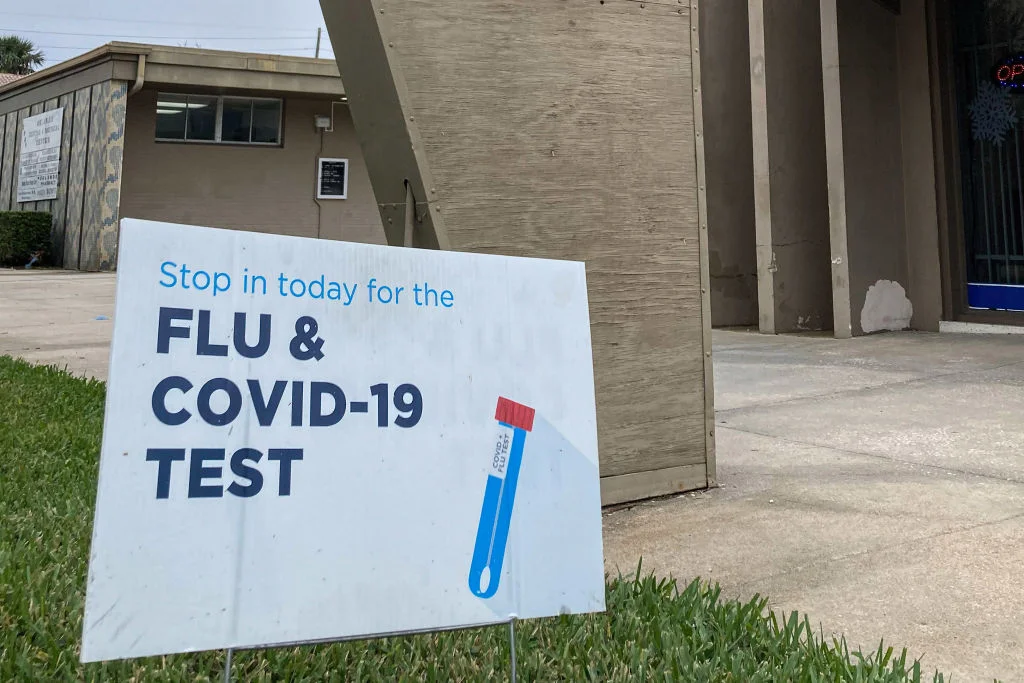 Time Magazine’s real title is “COVID-19 Is No Longer a Public Health Emergency”.
Time Magazine’s real title is “COVID-19 Is No Longer a Public Health Emergency”.
But dig into the body of the article:
The former Milwaukee County chief medical examiner conducted a careful review of some 4,000 COVID-19 deaths reported during the pandemic there. His research revealed that nearly half had no link to COVID or in some cases only a “marginal” association, such as end stage cancer patients whose demise was possibly hastened by a few days or weeks, from catching the disease. An analysis of LA County and national data collected during the more recent waves of the highly contagious (but considerably less deadly) Omicron variants suggests that COVID-19 deaths are now likely being overcounted by at least fourfold. A newly published investigation from Denmark documented that, following the emergence of Omicron a year ago, an astonishing 65-75% of deaths officially attributed to COVID-19 have been merely incidental to the coronavirus, consistent with the above hypothetical exercise. Yet even if only half the currently reported deaths in the U.S. are not really caused by the virus, that would mean an actual daily COVID-19 toll of around 200, roughly the number dying during a bad flu season.
The inadvertent exaggeration of COVID-19 deaths and long COVID leads not only to misplaced policy decisions, such as new mask mandates and booster recommendations for 6-month-old babies, but also to a needlessly enduring climate of fear, particularly in bluer regions (such as my hometown of San Francisco, where mask wearing remains commonplace, even outdoors). After three long years, it is past time to base public health pronouncements and policies on solid scientific evidence rather than well-meaning but often misleading assumptions.